Fujifilm XF 16-50mm f/2.8-4.8 R LM WR hand-on review: above standard zoom
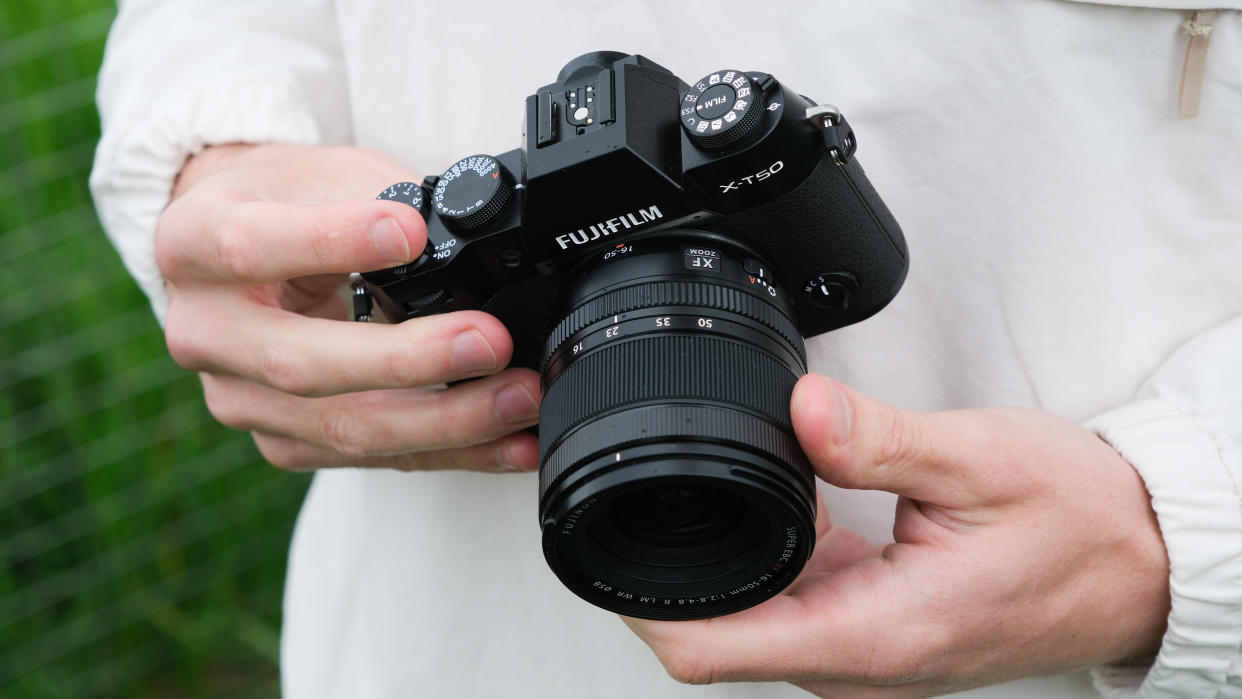
Jump to:
Specifications
Price
Design & Handling
Performance
Verdict
Alternatives
The Fujifilm XF 18-55mm lens has been the default kit lens with Fujifilm cameras for over 10 years now, and that fact alone should serve as a testament to just how good of a kit lens it is. Or should I say; was, as Fujifilm has just debuted a replacement kit lens – the Fujifilm XF 16-50mm f/2.8-4.8 R LM WR.
The transition has begun swiftly too with Fujifilm replacing the kit lens option for the Fujifilm X-T5 and Fujifilm X-S20 with the new XF 16-50m, as well as bundling it with the newly launched Fujifilm X-T50.
While the original kit lens is fairly legendary, in recent years it has started to show its age, and with the release of Fujifilm’s latest 40MP sensors, it is unable to resolve all these pixels to their full potential. The XF 16-50mm has a tough act to follow, and the new lens is not exactly the same lens as the one it is replacing. Fujifilm has made a few tweaks here and there to its length and features, but is it risky messing too much with what many consider the gold standard of kit lenses? Let's find out.
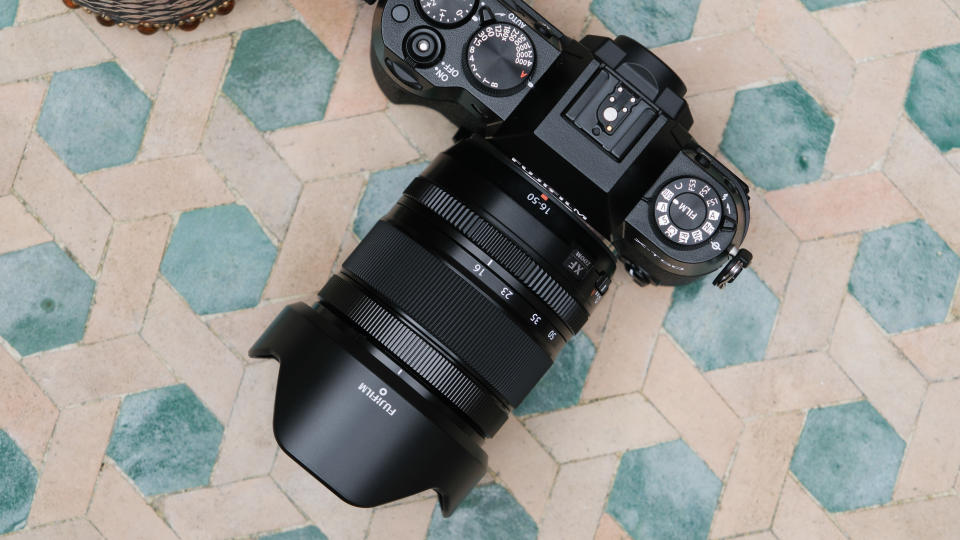
Fujifilm XF 16-50mm: Specifications
Fujifilm XF 16-50mm: Price
The Fujifilm XF 16-50mm f/2.8-4.8 R LM WR on its own is $699 / £699 / AU$1,299. This is the same standalone price as the previous XF 18-55mm. Compared to other systems this might seem quite expensive, for example, Canon kit lenses come in at less than half that price, but the build quality and optical quality are a step above most other kit lenses. The closest challenger for all-around kit perfection is the Sigma 18-50mm f/2.8 DC DN C, which costs $549 / £479 / AU$699.
To get the lens closer in price to other systems, you need to buy a camera too. The XF 16-50mm bundled with the Fujifilm X-T50 brings the price down to $400 / £350 for the lens, although obviously at a far greater overall cost.
Fujifilm XF 16-50mm: Design & Handling
Fujifilm’s lenses are some of the nicest around, and the XF 16-50mm lens is no exception. The metal body feels premium and well constructed and managed to shave 70g off the weight of the 18-55mm. The lens has the usual three rings for focus, zoom, and aperture ring, although, like the previous lens, this only becomes an aperture ring when switched on. I have never really understood this, and I wish Fuji would just mark this ring with aperture value stops plus a lockable Auto mode like it has with other lenses.
The first thing most will notice upon picking up the lens is the new internal zoom mechanism. Where most lenses increase and decrease in length as you go through the focal range of the lens, internal zoom lenses stay the same length throughout. This initially does take a little time to get used to for anyone used to the feedback of a lens extending while zooming. There is also less need to collapse the lens when not in use, although I do find this a little slower to get started as it takes a second to re-correct the zoom rather than intuitively knowing how zoomed the lens is from its physical position, although the zoom marking is useful here.
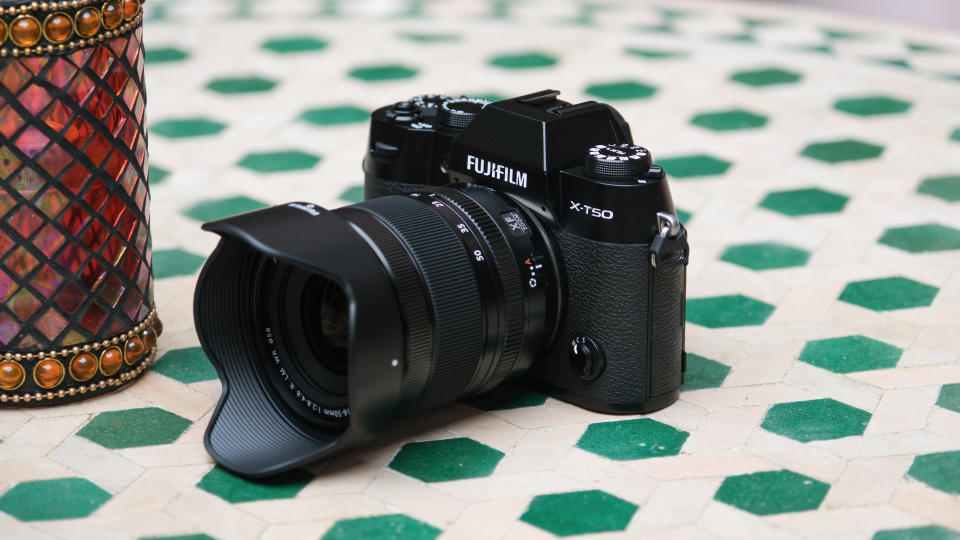
The internal zoom has big benefits though for video, specifically balancing the camera. When using a grip, rig, or gimbal, the camera usually needs to be perfectly balanced to get the most stable footage possible and make it easier to hold. When zooming with an external zoom, this throws the perfectly tuned balance off and you have to start again. The internal zoom on the XF 16-50mm makes this a perfect lens for video shooters who want the versatility of zooming without the faff of recalibration.
Another improvement in the lens is weather sealing, which will help keep out dust and moisture. This makes the lens a better companion for the X-T5’s weather-sealed body, although the X-S20 and X-T50 bodies are not actually weather-sealed, so you would still need to be cautious using this lens with either of those bodies in wet or dusty conditions.
Fujifilm XF 16-50mm: Performance
The biggest difference in performance from the previous incarnation of Fuji’s kit lens comes from the change in focal length. Instead of the 18-55mm length, Fujifilm has gone for a wider length at the bottom, which is perhaps better suited to video makers as well as travel photographers. Especially when you take into account that 16mm on an APS-C sensor is 24mm in full-frame terms, I really welcome this little bit of extra width.
At the top end, the overall length has been reduced by 5mm to 50mm (or 75mm in full-frame), which makes the lens slightly less useful for far away subjects, as well as portraits and other situations where you might want to maximize subject separation from the background. Also not helping with subject isolation is the maximum aperture dropping from f/4 to f/4.8, which will also make the lens slightly less effective in low light when zoomed in.
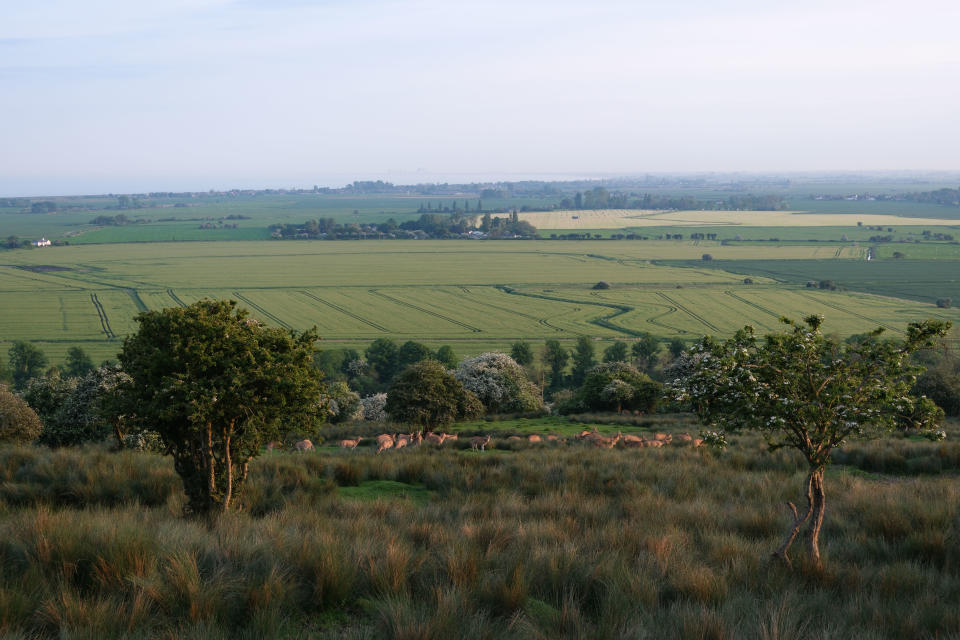

In all my initial testing of the XF 16-50mm, I am very pleased to report that the quality of the lens looks just as good as the previous version. Images are very sharp in the center throughout the zoom range, even wide open at 16mm f/2.8. Moving into the corners, at 16mm and the aperture wide open the corners are also very good, stopping down to around f/4 shows some improvement, although isn’t really needed. At the other end of 50mm where the maximum aperture becomes f/4.8, corners are also very good, but a touch soft, but I think you would really only notice in pixel peeping. And all around great performance.
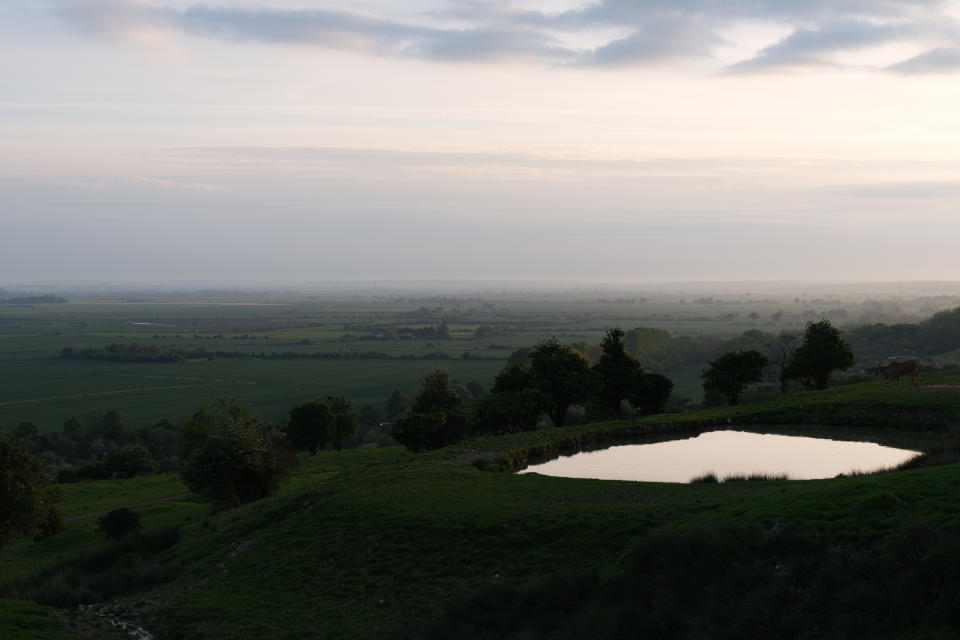
Curiously the optical image stabilization (OIS) has not made its way over from the previous model. It’s not clear if this was necessary to achieve the internal zoom or full resolving power, or if Fujifilm just believes its in-body image stabilization (IBIS) is now good enough to make OIS unnecessary. All Fujifilm cameras currently on sale (with the exception of the X-T30 II) now have IBIS offering around 5.0-7.0 stops of stabilization. I managed to achieve around 4.0 stops of stabilization in my initial tests, although I was also lumbered with some heavy bags and other kit while testing so I will try again in my final review and see if I can best myself, but as always IBIS will depend on how steady you can hold the camera.
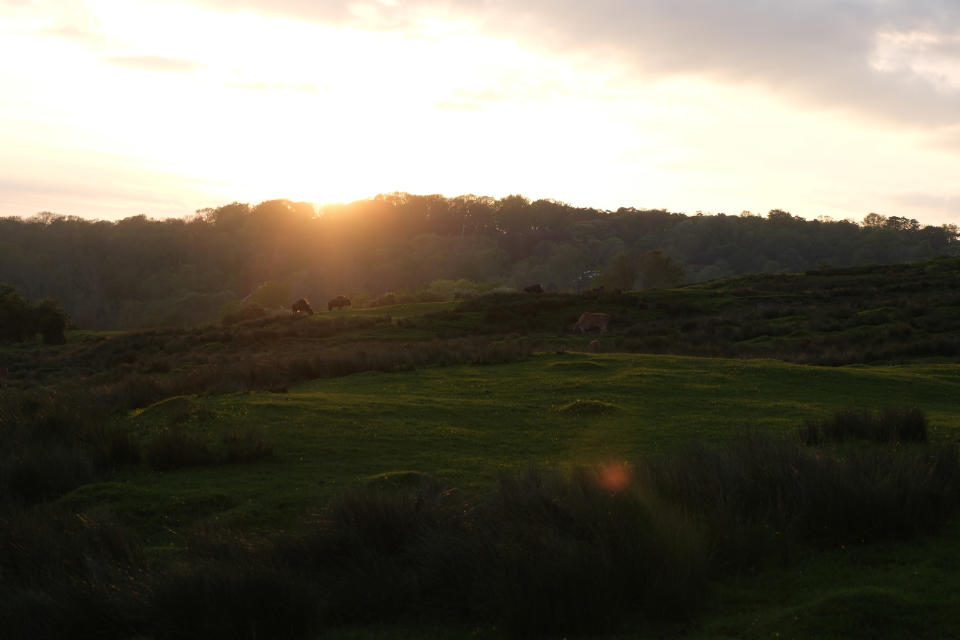
Fujifilm XF 16-50mm: Verdict
The original XF 18-55mm lens has long been my favorite kit lens from any camera system. It's known for its sharpness, compact design, and versatility. Therefore, its successor had a lot to live up to. Enter the XF 16-50mm lens, which, while not quite the same in every aspect, brings its own set of strengths and improvements.
This new lens offers a slightly shorter reach at the telephoto end and features a narrower aperture, but compensates with a wider field of view at the lower end. This change in specifications may not appeal to every photographer, as some might miss the extra reach. However, the XF 16-50mm introduces several notable enhancements that make it a compelling upgrade.
One significant improvement is the inclusion of an internal zoom mechanism, which helps maintain a more consistent balance while shooting. Additionally, the lens is now weather-sealed, providing better protection against the elements and making it more reliable in diverse shooting conditions. Perhaps most impressively, the XF 16-50mm is designed to fully exploit the 40MP resolution of Fuji's latest sensors, ensuring it can deliver exceptional image quality.
In my initial tests, the XF 16-50mm has performed admirably, demonstrating image quality that rivals, if not matches, that of its predecessor. These early results suggest that despite the changes, the new lens continues to uphold the high standards set by the XF 18-55mm, making it a worthwhile option for photographers looking for a capable, high-quality kit lens.
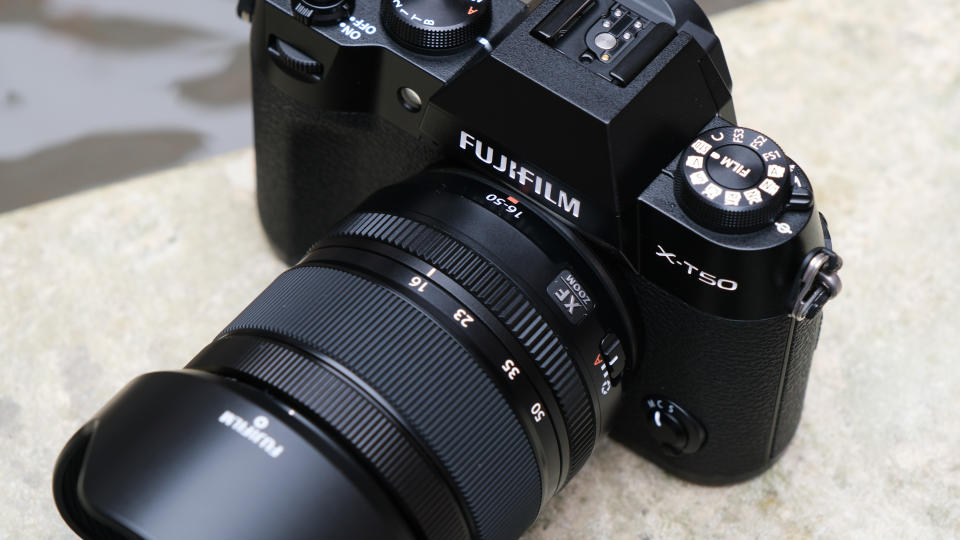
✅ Buy this if...
If you are after a compact standard zoom that doesn’t compromise on image quality.
If you shoot a lot of video and want an internally zooming lens for consistent balance.
🚫 Don't buy this if...
If you are looking for big reach, then the XF 16-80mm or XF 18-135mm might be better choices.
If you require a constant aperture then check out the XF 16-80mm lens or consider a prime lens instead.
Alternatives

Fujifilm XF 16-80mm f/4 R OIS WR
If you like the 16-50mm but wish it stretched further then the 16-80mm might be one to consider. The aperture is narrower at 16mm but is a steady f/4 throughout the range which makes it easier to work with.

Fujifilm XF 18-135mm f/3.5-5.6 R LM OIS WR
If you really want the most zoom you can get in a Fuji lens then this lens offers a whopping 117mm of zoom. The lens also isn’t supersized, which is perfect for traveling while keeping your kit as light as possible.

